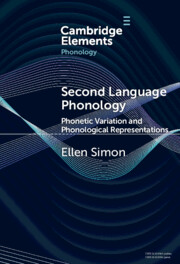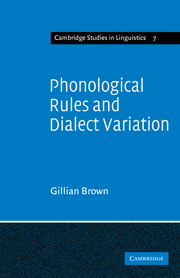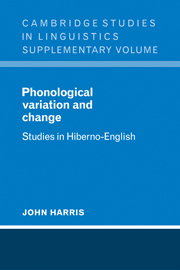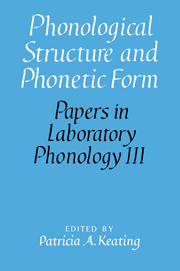Second Language Phonology
This Element deals with the interplay between phonology, phonetics and acquisition. It addresses the question of whether and how phonological representations are acquired in adult second language (L2) learners in the face of phonetic variation inherent in speech. Drawing from a large number of empirical studies on the acquisition of L2 speech sounds, the Element outlines how phonetic or phonological representations develop in L2 learners on the basis of input in immersion and instructed language learning contexts. Taking in insights from sociophonetics and clinical linguistics, the Element further discusses how accent variation impacts second language phonological acquisition and what clinical studies on individuals with atypical language development can tell us about the nature of phonological representations. Finally, new avenues in the field of L2 phonology are explored, especially with regard to methodological challenges and opportunities related to the use of spontaneous speech and remote data collection.
Product details
March 2025Hardback
9781009663304
86 pages
229 × 152 × 6 mm
0.265kg
Available
Table of Contents
- 1. Introduction
- 2. The field of second language phonology
- 3. Towards robust phonological representations in a second language
- 4. Flexibility of phonological representations
- 5. Sociophonetics and second language phonology
- 6. Fuzzy and overspecified representations
- 7. Assessing the formation of categories
- 8. Avenues for future research: How to advance the field of L2 phonology?
- 9. Conclusions and implications
- References.






